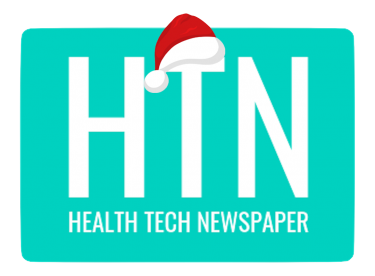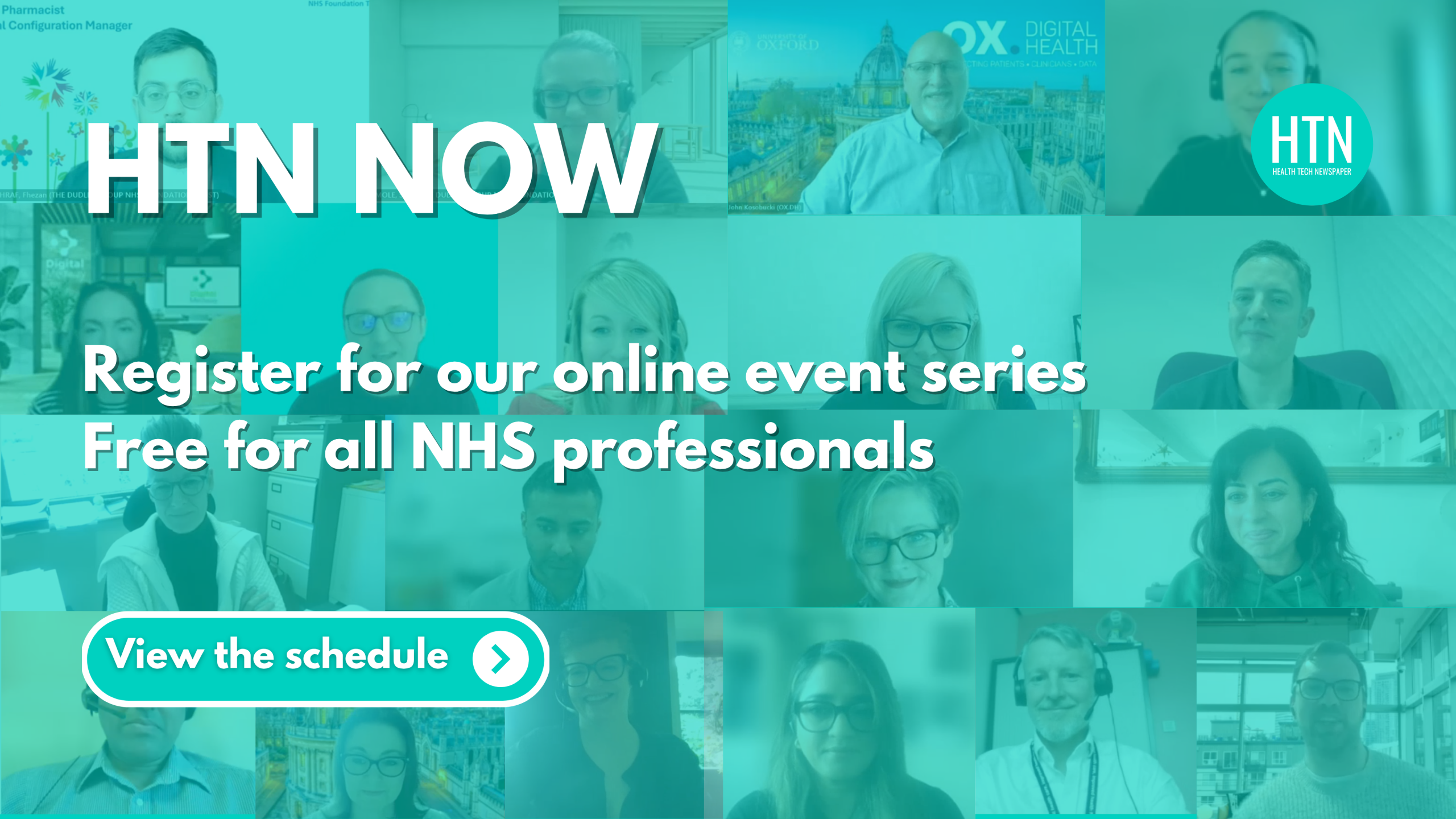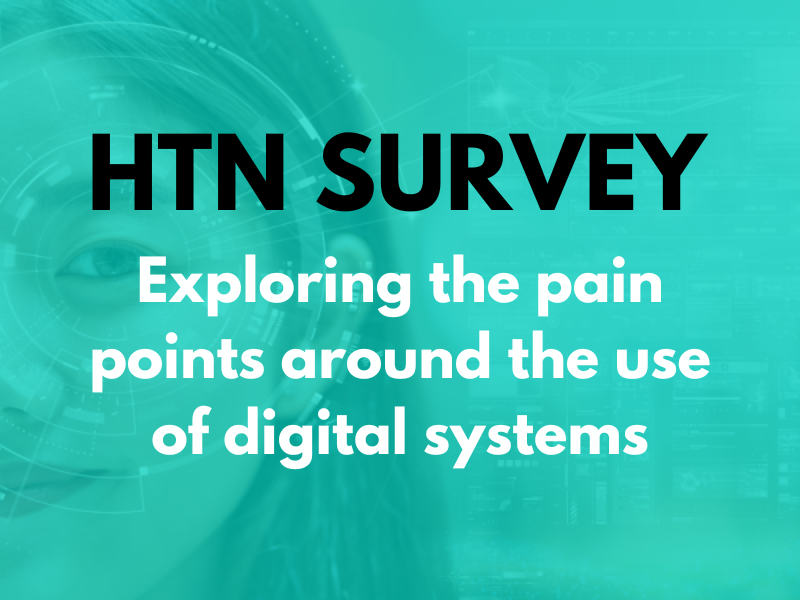On the first day of the HETT Show 2021, an afternoon panel of health tech and NHS digital brains tackled the topic of industry collaboration on usability standards.
Areas covered on the agenda included user experience and uptake of services, co-ordinating real-world evidence and real-world users, improving the accessibility and scalability of tools and services, and how to move away from a one-size-fits-all model.
Chaired by Nicola Haywood-Alexander, Chief Information Officer (CIO) at NHS Lincolnshire STP, the discussion group also included Liz Ashall-Payne, Chief Executive Officer of ORCHA, as well as Irina Bolychevsky, the Director of Standards & Interoperability at NHSX, and former NHS CIO, Andy Kinnear.
Early on, Liz posed questions from a clinician’s perspective, such as: “Understanding what products are good for whom and when is absolutely critical. My background is a clinician from the NHS.
“Obviously, if I’m going to be recommending additional intervention for my patients, I don’t just want to know ‘is it good? Is it safe? Is it dead secure? Is it clinically valid?’
“I want to know ‘will this actually have an impact on the patient I’m recommending it to?’
“The other side of this that’s of massive interest to me, is we’ve got a whole world of digital health out there…what’s the best diabetes app? What’s the best anxiety app? And the answer is…it depends.
“In the same way that we don’t have ‘a drug’ for diabetes, we don’t have ‘a digital health intervention’. So how do we make sure the right tool gets to the right patient? That’s the fundamental challenge.”
Irina added: “The usability and the fairness of these tools that we are so reliant on really matters. It has a really big, tangible impact on people personally.
“If something is difficult or frustrating or doesn’t make sense or doesn’t give you a sense of autonomy then it really changes your relationship with what you’re able to do and how you interface with things.”
Nicola provided some real-world context for these discussions, using the COVID-19 vaccine roll-out as an example. She said: “The context for the usability of applications across a population that is so hugely diverse. I would give an example…we have a national booking system to help with the current roll-out of the vaccine system.
“And when we think about it, that’s a single system that’s been designed to try and fit the needs of everybody – from 90-year-olds right down to, eventually, generation z.
“It would have been really challenging for them to design a product that is intuitively usable to everybody that will need to interact with it. And we’re seeing that already.
“There are times when we’re going to have to say ‘one size does not fit all’ or we’re going to have to design something in a way that we can configure it to the needs of the user.
“Usability is really important…from people being able to feel empowered and attain the outcomes that they need and that we want them to be able to achieve. But our population is hugely diverse.”
Following up on Nicola’s conversation points, Liz addressed the challenges of tackling diverse populations. Speaking from her own experiences, she added: “The question you’re posing there is – can one product meet a whole population’s need? And really the answer is no.
“I think that one of things that I quite often see are digital health tools which aim to help a whole population. And that is a brilliant aspiration. However, the reality is there will never be one-size-fits-all; we’re all different, we all have different preferences, we’ve all got different technical skills.
“If you take age as a simple demographic, what I would respond to vs my teenage son vs my seven-year-old son – just that one small demographic piece is going to be different. Let alone if you layer on the fact that one of us has a visual impairment, one of us has a hearing impairment, one of us has a cognitive impairment. And you start to layer these differences. So I think that this myth that one-size-fits-all – it needs busting, basically.”
Andy also went on to raise how simple usability does not have to mean simple tech: “My favourite statistic at the moment, I only learnt it a few weeks ago…there are 13 software applications being used by more than a billion people every day in the world…nine of those are owned by Google.
“What strikes me about that is that firstly, Google haven’t provided one minute’s training to a billion people. So the design of that software they’ve created is so intuitive that a billion people have taught themselves how to use it.
“Simple to use is not the same as simple as a product. If you think what Google search is the gateway to and what it has become…it’s a phenomenally complex, sophisticated product and yet, actually, the user experience of it is very, very simple.
“I’m not for one minute suggesting that some of the clinical software we use can get away with a single search interface…but I do think we can design things in a way where we put more of the complexity behind the scenes and make the experience of the user a simpler experience.”
Irina also questioned: “Why is health technology so bad? You hear stories…of this poor usability all the time. Is health technology just special and different? …it’s an important question of ‘why does this happen?’
“We [need] to demand better. As providers, as commissioners and be like ‘actually this isn’t good enough’. But also open up that playing field and really introduce a lot more innovation and competition. That’s one of my goals in terms of driving forward interoperability.”
Andy later highlighted the links between budget size and risk, adding: “We are spending limited amounts of public money and we need to spend that in the most efficient way possible…we’ve got to be sure that those technologies are proven, will work, are safe, are established and, candidly, have reached a point where they’re optimum price. So we’re not buying them when they’re cutting edge…
“The reality is most NHS organisations are spending around 1% of their revenue on their employer technology spectrum. Compare that to the banking sector that’s in the 15-20%. That’s a massive gulf.
“So when you’re fishing in that pool with small budgets, you spend safely. I often hear people saying ‘you need to take more risk’….you can take risk when you’ve got 15% of revenue budget, because if you waste 1% of it that’s not the end of the world. If you’re down in that small beer money end of it then your risk pool is pretty low.”
And, finally, Irina summed up with a call to action: “We’ve seen a lot of the things that are possible, with COVID, and how quickly we can in fact move as the NHS and social care.
“But I think there’s just so much more to do…but I think we could be actually putting this on the agenda, saying this is important and demanding better, assessing usability…actually I think it’s for everybody to say ‘this is central’, ‘we need to do better’, and ‘what will it take to ensure that we have good quality, usable digital services that are also inclusive?’
Follow day two of #HETTReset on Twitter, which is a day full of talks and panels on the theme of ‘Culture and Implementation’.





